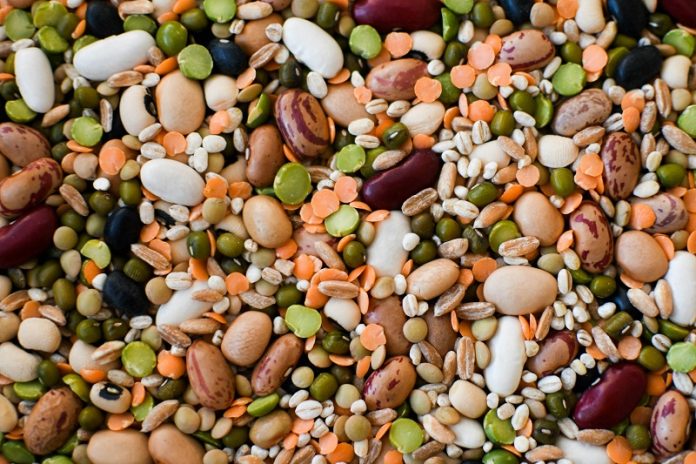
Beans, peas, and other legumes have been a staple in human diets for centuries.
Packed with protein, fiber, and nutrients, they’re an affordable and sustainable food source.
But for all their benefits, legumes can be tough on the digestive system.
That’s because they contain natural compounds called antinutrients—chemicals that help protect the seeds from being eaten by insects and animals, including us.
These antinutrients, such as tannins, lectins, trypsin inhibitors, and phytic acid, can interfere with digestion and block the absorption of key nutrients. Normally, heating legumes helps break down these compounds.
But the traditional heating methods used in food factories—like big ovens—aren’t very efficient. Often, the outside of the bean gets too hot and burns while the inside doesn’t heat enough to fully deactivate the antinutrients.
Now, researchers at the University of Saskatchewan have found a better way. They’ve developed a heating method that uses radio frequency (RF) waves, and it may be a game-changer for making legumes easier to digest while preserving their nutritional value.
Their findings were published in the journal Innovative Food Science & Emerging Technologies.
Tolen Moirangthem, a Ph.D. student on the team, explains that RF heating is similar to how a microwave works. When you heat a cup of water in the microwave, the water gets hot, but the cup doesn’t. The same principle applies to legumes—RF waves heat the water inside the bean or pea, while leaving the outer parts less affected. This process is called “selective heating.”
The result is that the inside of the bean heats quickly and evenly, helping break down the antinutrients without overcooking or damaging the rest of the bean. Better yet, it takes just a few minutes compared to traditional heating methods that can take much longer.
The researchers believe that as the water inside the legumes heats up, it turns into steam, which creates pressure and causes the internal pores to burst open. This not only increases the number of pores in the legumes but also makes them more porous overall. When tested, the RF-treated beans showed a significant 81% reduction in trypsin inhibitors, one of the main antinutrients.
According to Moirangthem, this new method holds great promise, especially in regions where animal protein is too expensive or scarce. Making plant-based protein more digestible could be a critical step in feeding a growing global population sustainably.
And while this technology is still being tested, it may soon offer a faster, cleaner, and more effective way to prepare legumes—making them healthier and easier on the stomach for everyone.
If you care about health, please read studies about how Mediterranean diet could protect your brain health, and the best time to take vitamins to prevent heart disease.
For more health information, please see recent studies about plant nutrients that could help reduce high blood pressure, and these antioxidants could help reduce dementia risk.
Source: KSR.



